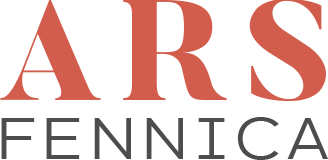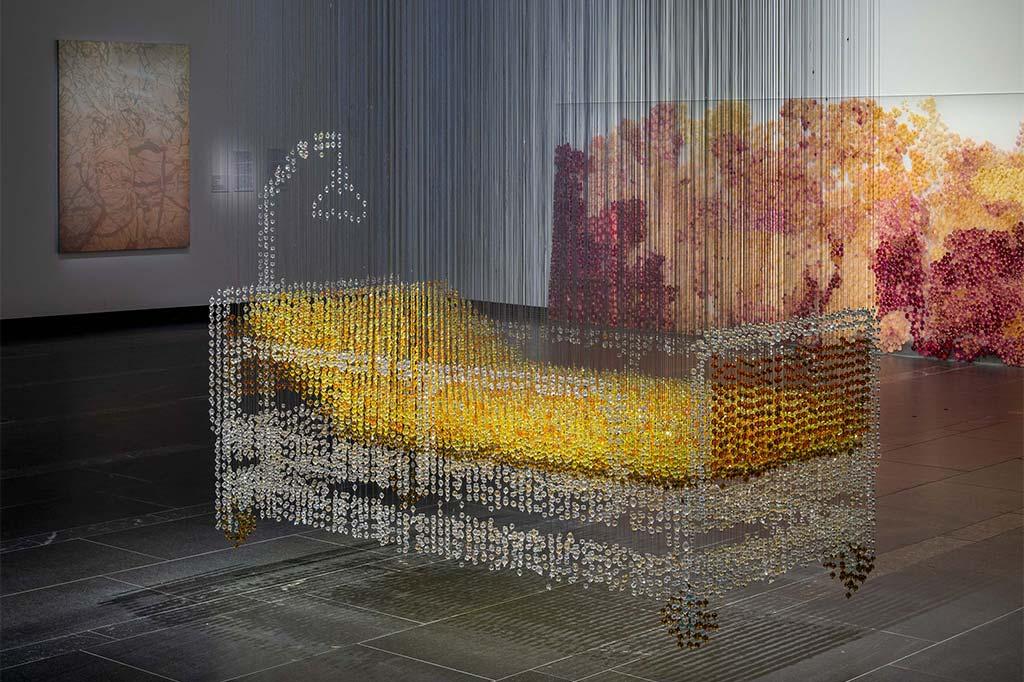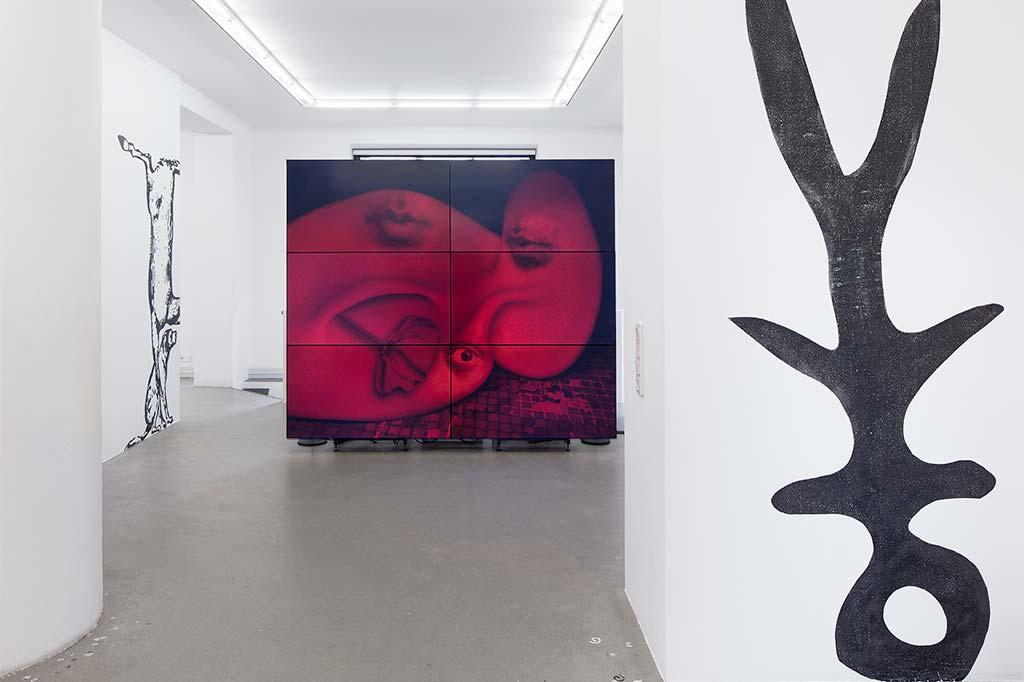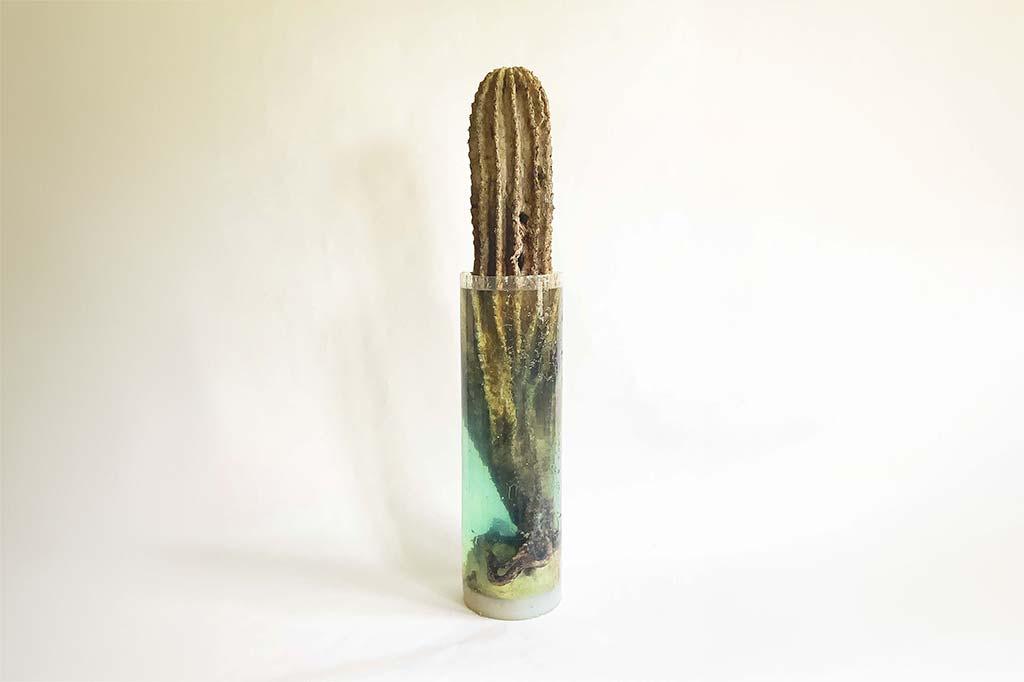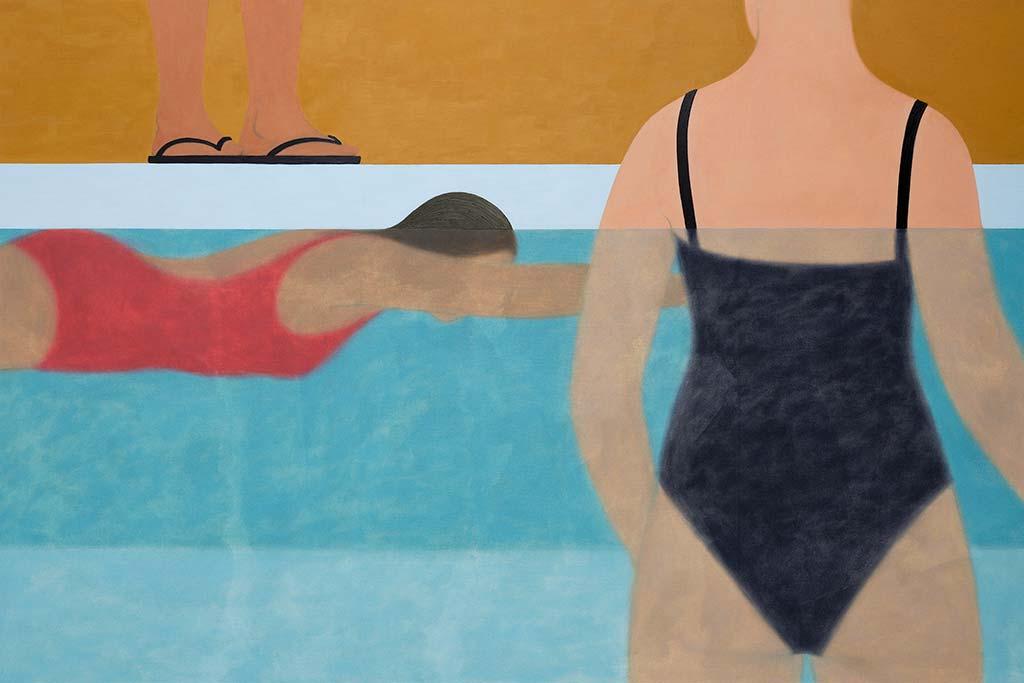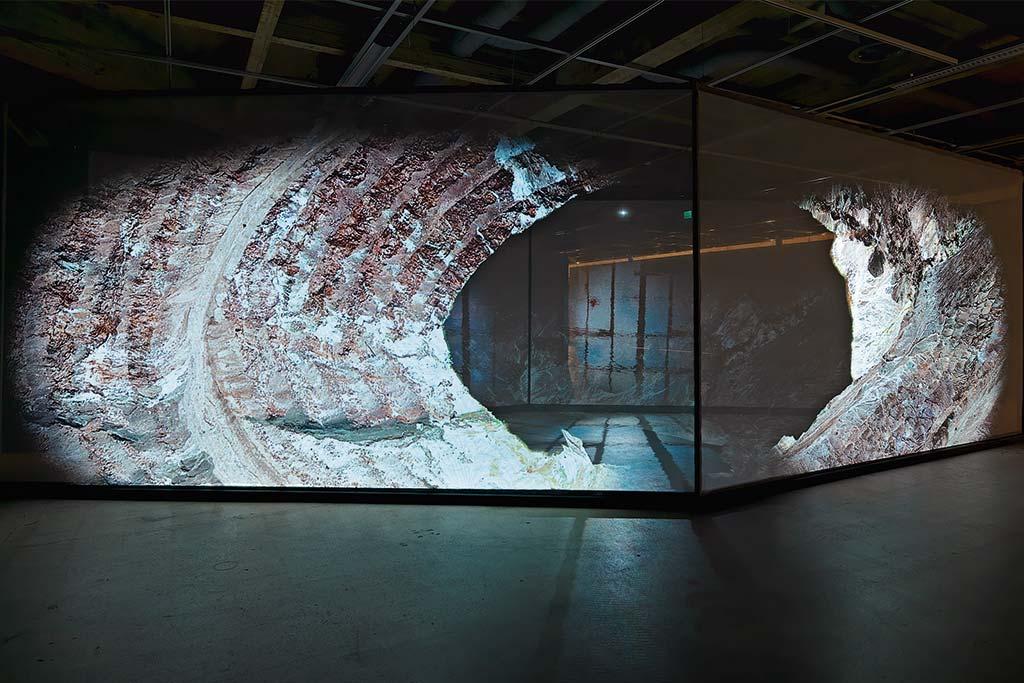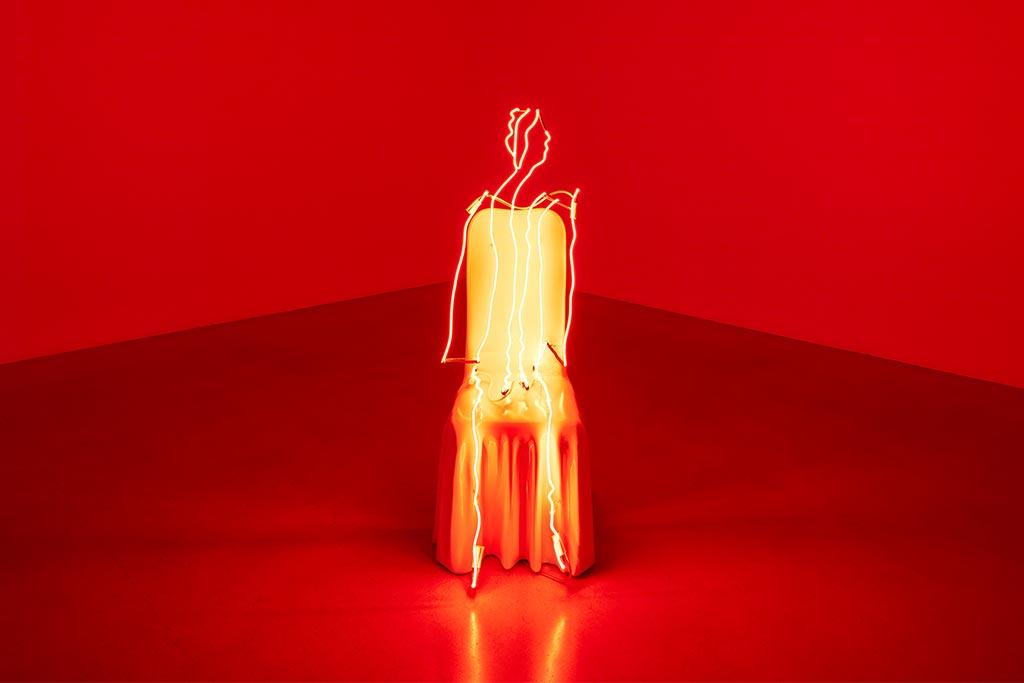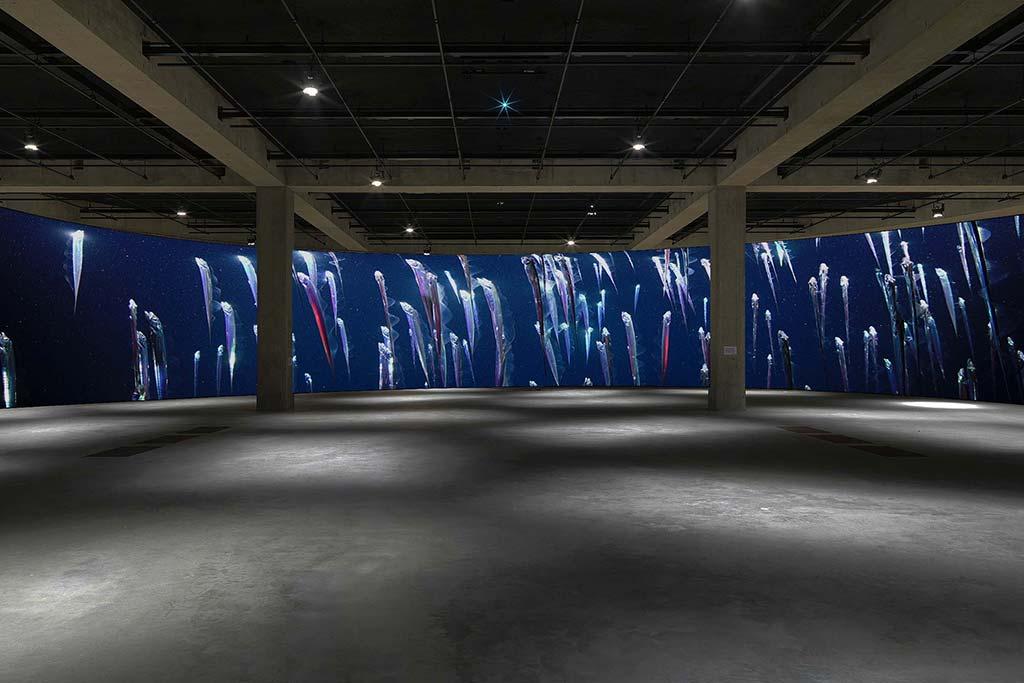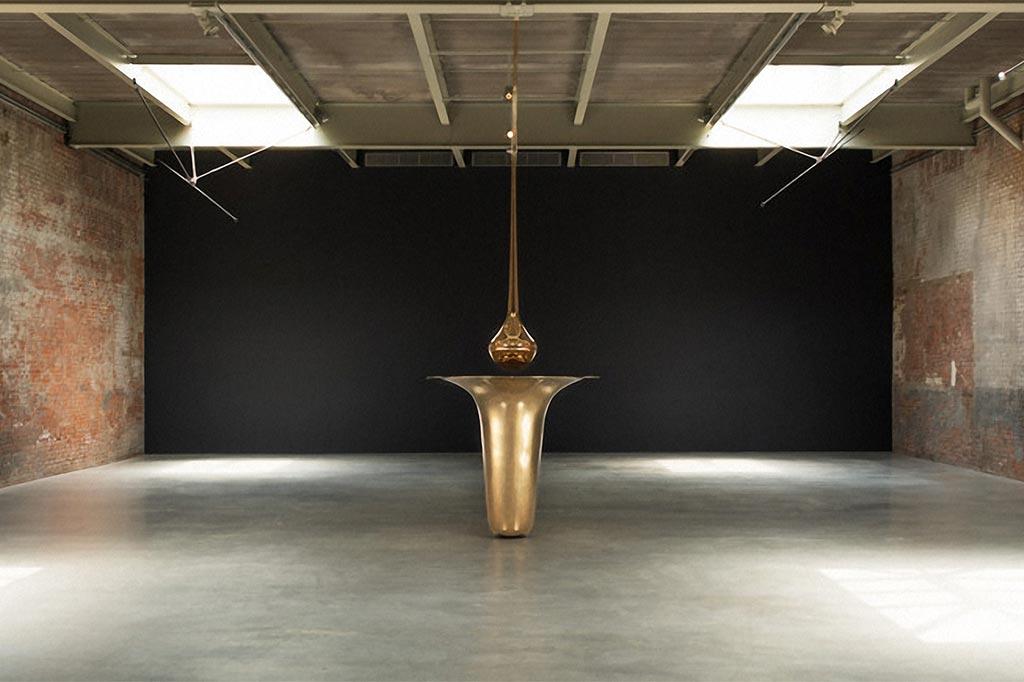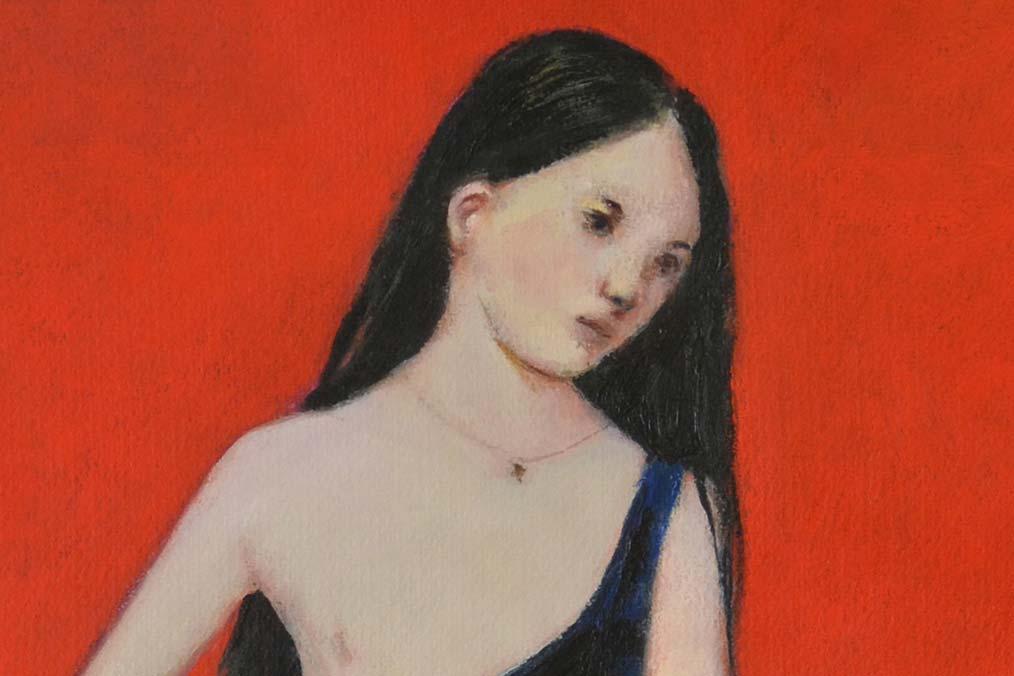
Hanna Vihriälä
Candidates 2025
The sense of material is the driving force in the art works by sculptor Hanna Vihriälä. She uses materials otherwise rarely seen in art, such as candy, gravel, and acrylic beads, which she strings together by hand on steel wires to create large, suspended, airy works. These pieces require meticulous craftsmanship, often comprising up to 350,000 acrylic beads that form a rigorous yet vibrant surface. Her works exhibit a tension between different contrasts like durability and fragility, or hard and soft.
Artwork
Gallery
Presentation
Hanna Vihriälä
The sense of material is the driving force in the art works by sculptor Hanna Vihriälä. She uses materials otherwise rarely seen in art, such as candy, gravel, and acrylic beads, which she strings together by hand on steel wires to create large, suspended, airy works. These pieces require meticulous craftsmanship, often comprising up to 350,000 acrylic beads that form a rigorous yet vibrant surface. Her works exhibit a tension between different contrasts like durability and fragility, or hard and soft.
Inspired by everyday observations, her subjects range from weeds and smoke breaks to Mercedes cars. Despite their everyday underpinnings, Vihriälä’s works are deeply personal, yet she succeeds in making them universally relatable, conveying emotions that many can identify with, such as the death of a parent, childhood memories, or greed. An ordinary object is magnified to an enormous size, taking on dreamlike, unreal features. Vihriälä’s visual language blends elements of graphic art, painting, and sculpture. Her works also engage multiple senses, such as a piece made of 200,000 pieces of sweet-scented candy forming a giant rose, expressing themes of desire, pleasure, and temptation.
Vihriälä is known for her numerous public works in schools and hospitals across Finland. Her work is highly site-specific, with dimensions and sometimes content and materials sourced from the installation locations. Vihriälä also uses bronze, cast iron, aluminium, and brass, such as when she created animal noses in alphabetical order on a primary school wall. She often engages with local residents, encouraging them to contribute materials to her creations, such as pink toys, knitting needles, plastic screw caps, mobile phone cases, straws, and balls, building from them a huge flying, youthful heart.
Hanna Vihriälä (b. 1974 in Oulainen, lives and works in Tampere, Finland) graduated from the sculpture department of the Finnish Academy of Fine Arts in Helsinki in 2003. She also holds a degree in sculpture from the Estonian Academy of Arts. Since 1999, she has exhibited her work at the Sculptor and Forum Box galleries and Kiasma Museum of Contemporary Art in Helsinki, among others. Vihriälä has work in the collections of Föreningen Konstsamfundet – Amos Rex, Kiasma, and the Wäinö Aaltonen Museum in Finland.
TEXT: Camilla Granbacka | Photo: Paula Ollikainen
DATABASE
